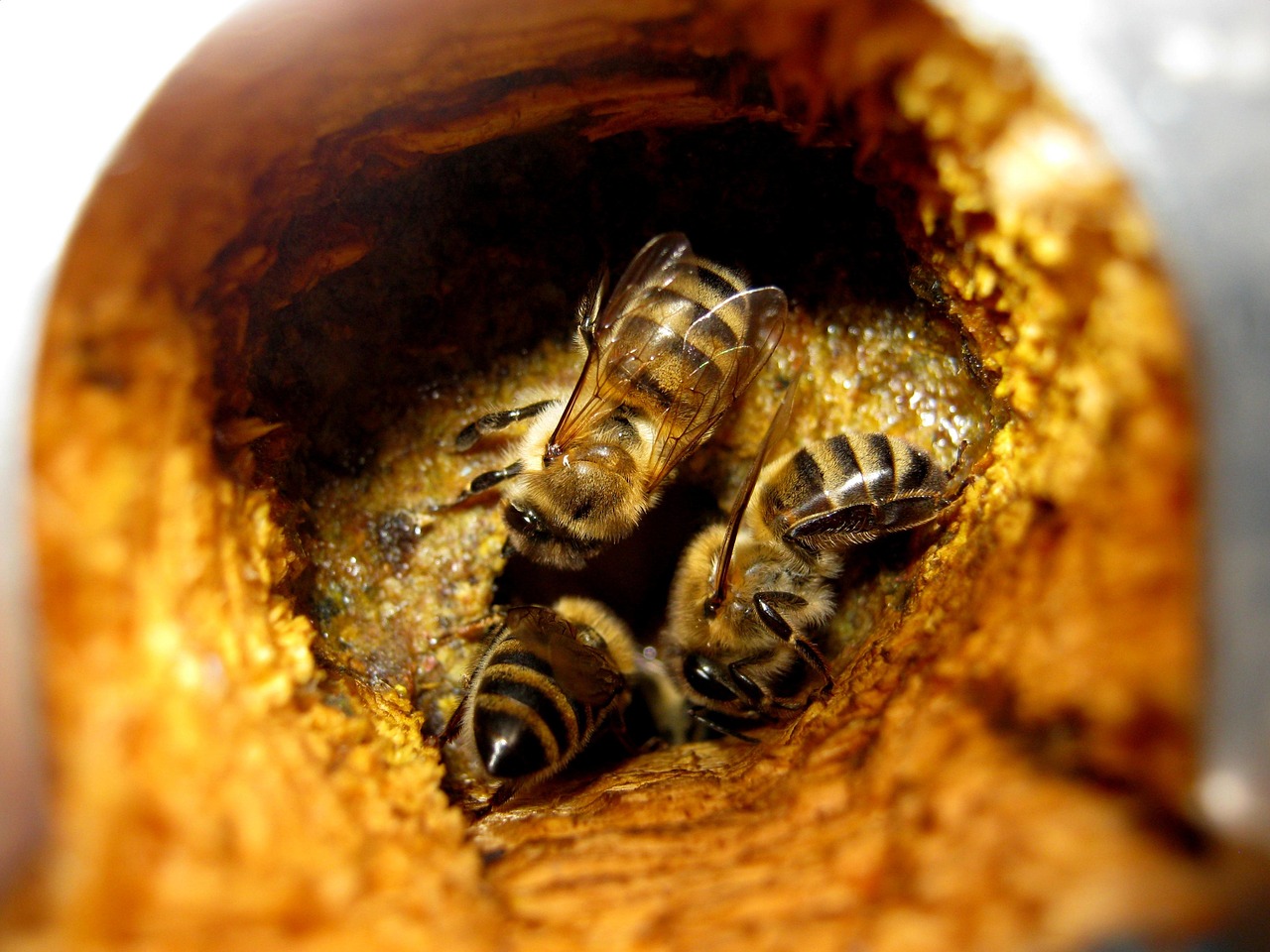Unravelling the Secrets of Bee Democracy: How Honeybees Choose Their New Home
In the fascinating world of apiculture, few phenomena are as captivating as the process by which honeybees select a new hive location. This intricate decision-making process, often referred to as bee democracy, showcases the remarkable intelligence and collective wisdom of these tiny insects. From scout bees to swarm consensus, the journey to a new home is a testament to nature's ingenious problem-solving abilities.

The Catalyst for Change: Why Bees Seek a New Home
When a honeybee colony outgrows its current hive or faces environmental pressures, the need for relocation becomes paramount. This process, known as swarming, is a natural part of a colony’s life cycle and ensures the survival and propagation of the species. The decision to swarm is typically made by the worker bees, who begin preparations weeks in advance by raising new queen cells and reducing the current queen’s food intake to prepare her for flight.
Scout Bees: The Pioneering Explorers
The search for a new home begins with scout bees, a specialised group of worker bees tasked with finding suitable locations for the colony. These intrepid explorers venture out from the swarm, covering vast distances in search of potential sites. Scout bees evaluate potential locations based on a variety of factors, including size, safety from predators, protection from the elements, and proximity to food sources.
The Democracy in Action: The Waggle Dance Debate
Upon returning to the swarm, scout bees perform an intricate waggle dance to communicate the location and quality of potential sites they’ve discovered. This dance, a figure-eight pattern performed on the surface of the swarm, conveys crucial information about distance, direction, and the perceived quality of the site. The more enthusiastic the dance, the higher the perceived quality of the location.
Consensus Building: From Individual Opinion to Collective Decision
As more scout bees return and perform their dances, a lively debate ensues on the surface of the swarm. Other bees observe these dances and may choose to investigate the sites for themselves, adding their own opinions to the mix. Over time, a consensus begins to form as more bees are recruited to support the most promising locations.
The Quorum: Reaching the Tipping Point
As support for a particular site grows, the colony approaches what scientists call a quorum. This is the point at which a critical mass of bees agrees on a single location, typically around 80% of the scout bees. Once the quorum is reached, the decision-making process accelerates rapidly, with the chosen site quickly gaining overwhelming support.
The Final Journey: Guiding the Swarm to Its New Home
With the decision made, the entire swarm prepares for the journey to their new home. Scout bees take on the role of guides, leading the way to the chosen location. The queen, vital to the colony’s survival, is carefully protected during this vulnerable time of flight. Upon arrival at the new site, the bees immediately begin the process of establishing their new hive, building comb and resuming their roles within the colony structure.
Learning from Nature: Applications in Human Decision-Making
The study of bee democracy has far-reaching implications beyond the world of apiculture. Researchers and organisational experts have begun to apply the principles of swarm intelligence to human decision-making processes. From improving corporate governance to enhancing disaster response strategies, the lessons learned from honeybees are proving invaluable in various fields.
The Future of Bee Research: Uncharted Territories
As our understanding of bee behaviour continues to evolve, new questions arise about the intricacies of their decision-making process. Current research is exploring the role of individual bee personalities in the swarming process, as well as investigating how environmental factors such as climate change might impact this delicate democratic system.
The remarkable process of bee democracy serves as a powerful reminder of the intricate and often surprising ways in which nature solves complex problems. As we continue to unravel the secrets of these tiny yet mighty insects, we not only gain a deeper appreciation for the natural world but also unlock valuable insights that can help shape our own societies and decision-making processes. The humble honeybee, it seems, still has much to teach us about the power of collective wisdom and the beauty of democracy in its purest form.




